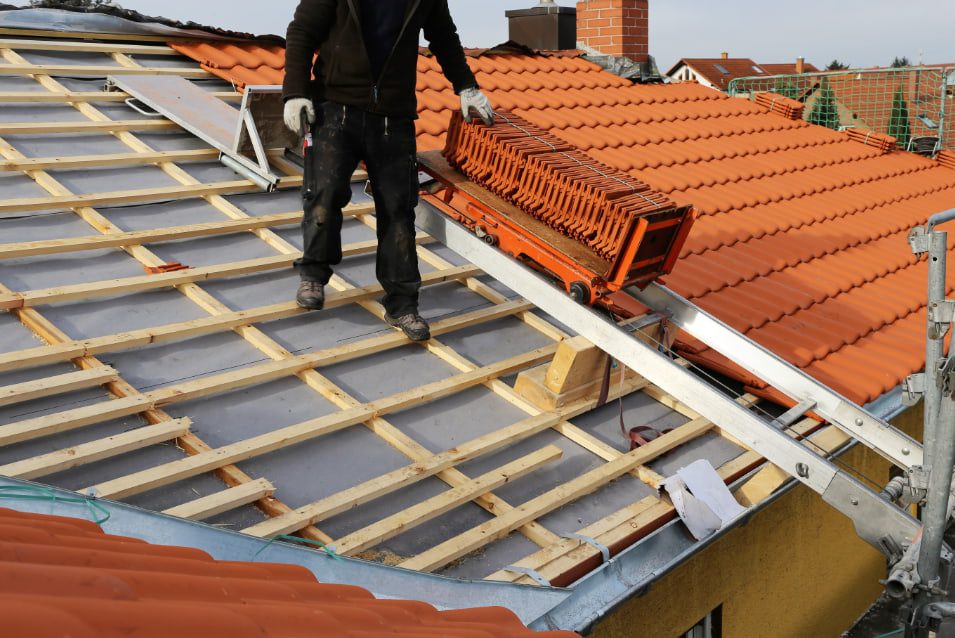How to Find Property Lines

Knowing where your property begins and ends is an important responsibility for any homeowner. Boundary lines come into play often around building fences, driveways, sheds, decks, or home extensions. Before beginning any such project, it is important that you know how to find property lines. If you’ve ever asked yourself, “How do I find my property line?” we’ve got all the answers you need.
Why it’s important to find property lines
Homeownership comes with many rights and responsibilities. You have the right to the quiet enjoyment of your property. But that right does not extend into your neighbor’s property. Knowing how to find property lines can help you avoid potential disputes — and costly lawsuits — with adjacent property owners.
Whenever a feature or structure of one property crosses over to another, it is known as an encroachment. An encroachment is a type of encumbrance, which is anything that limits the full rights of the property owner. Examples of an encroachment could be a new driveway that partially crosses into the neighboring property. Or tree limbs that grow past your property line onto your neighbor’s property. Knowing exactly where your property lines are can prevent you from accidentally encroaching on your neighbor’s land. Conversely, it can help you recognize when your neighbor is encroaching on your property.
How to find property lines
There are a few ways that you can find the answer to the question, “Where is my property line?” These are the most common:
1. Start with the deed
Your deed should include a legal description of your property. The most commonly used type of legal description is metes and bounds. This written system of describing property boundaries uses landmarks as a basis for identifying the precise location of a piece of property. A metes and bounds description begins with a “point of beginning,” which could be anything significant such as a creek, a tree, or a road or intersection. It then describes the direction and length of all of the boundaries from there.
2. Check the plat map
Legal descriptions often contain a lot of jargon that only experienced land surveyors can decipher easily. Another way to find out where your property lines are is to check the survey, or plat map. More than likely you got a copy of the survey when you bought your home. Don’t worry if you misplaced it, you can obtain a copy from your local clerk’s or county assessor’s office. In many localities you can access plat maps online, so you might not even have to leave the house.
3. Get a new survey done
In some cases, you may want to hire a surveyor to perform a new survey to define your property lines. This could happen if the previous survey is out-of-date or can’t be located. You might also need a new survey if you are already in a dispute with your neighbor and need to prove that they’re encroaching on your land. When hiring a surveyor, make sure they are licensed and insured. Getting a new survey is the best and most accurate way to find your property lines, but it’s the most expensive costing between $375 to $600 to survey a 1/4 acre lot.
4. Look for markers
One other way to find your property lines is to check for existing markers. Surveyors often plant flags or stakes at property corners, so it’s possible these markers are still there from the last survey. Many newly developed neighborhood parcels have a permanent boundary marker, often a cap attached to a steel bar that is buried in the ground. Sometimes you can find them using a metal detector. Don’t rely on existing fences alone to demarcate where the property boundary is, as you don’t know if it was placed correctly along the property line or not.
5. Use an app
There are a few smartphone apps that claim to be able to accurately display boundaries for properties using GPS and public data. For example, LandGlide offers access to more than 153 million parcel records in the U.S. for $9.99 a month, but it’s free for the first seven days. Homesnap is an app that can display property boundaries in real time using your phone’s built-in camera. Other apps like Zillow and even Google Maps display property boundaries. While these tools can often give you a good idea of your property lines, you shouldn’t rely on them completely. For legal purposes, it is necessary to refer directly to a survey and legal description.
The bottom line
When it comes to answering the question of how to find property lines, there are a few ways to go about it. For the most part, you should rely on legal descriptions and plat maps together to locate your property lines. Remember, however, that these become outdated as new structures are added or new easements are put in place. That’s why a new survey is sometimes recommended. Property markers on the parcel itself may also allow you to find property lines simply by going outside and looking around. Knowing how to find property lines is essential information for buying, selling, starting projects, and general maintenance purposes.
Frequently asked questions
Can I use an app to find my property line?
There are some apps like LandGlide or Homesnap that display property lines. For legal purposes, you should refer to a plat map or legal description.
Does Google Earth show property lines?
Google Earth used to display property lines, however, this feature is no longer available.
Can I build a fence over my property line?
Keep in mind laws may vary from location to location for building fences. But no matter what, knowingly building your fence over your property line is an encroachment onto your neighbor’s property and could cause a legal dispute unless you have their permission in writing.



